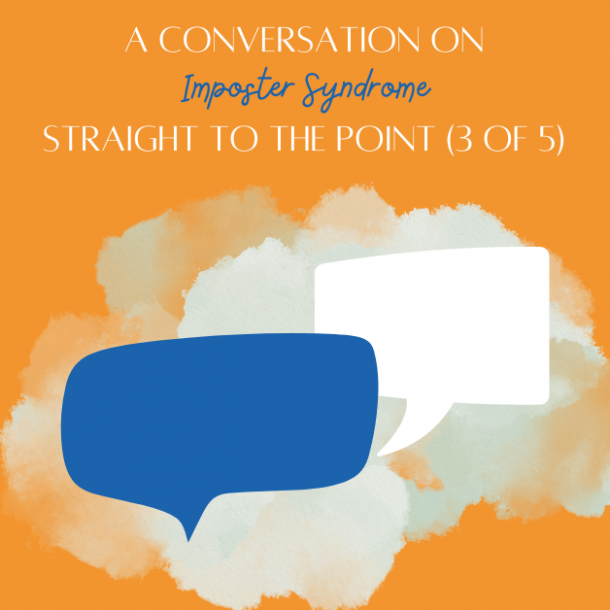
UpSkill: Perspective taking is the key to communicating and partnering
In this blog post we will focus on perspective taking as a key skill for communicating and partnering in the modern business world.
I want you to think about that for a moment. Essentially, you may think you communicated your point but you have may have been misunderstood. What you said is not what was received.
Communication then requires us to understand the definition: It is a process where we exchange information and meaning through a common system.
That’s the key: a common system.
Many years ago when I came to Canada I frequently used the word “hush” when people were in pain, or grieving or weren’t feeling well.
I noticed that people didn’t respond in ways that I was used to prior to coming to Canada.
It wasn’t until several years later that I learned that hush in a Canadian context means “be quiet.”
In Jamaica “hush” was meant as a form of comfort.
In Canada it didn’t have the same meaning, and was an insult to people who were sharing their troubles or grief with me.
“Hush” was interpreted as “be quiet, I don’t want to hear it.”
We can take language for granted. Phrases that we are accustomed to using can’t always be applied across borders, cultures or contexts.
Pause and think about phrases you may use that might not translate everywhere you go.
This is the challenge of communicating in a multicultural context, in a global business environment.
It is very important for us to be thinking about how we go across cultures, across business climates, using the same language.
It is very important for us to be thinking about how we go across cultures, across contexts, across different business climates, using the same language and symbols. /span>
We must understand that communication is about a common system of interacting with each other.
The challenge with a common system is that we all have different stories about the world. We all have different backgrounds, we all take in different information, and we interpret the information in our own unique ways, as stated in the book, “Difficult Conversations.”
That is the fundamental problem we have with having a common system for communicating. The way we feel and think about something has a lot to do with our unique perspective. That perspective comes from what we know already.
It’s important then that we begin any conversation about effective communication by revisiting the concept of perspective taking.
This is using alternative points of view. Entertaining, incorporating, inviting, different perspectives.
A perspective is a frame, an angle, a way of seeing. Our thoughts are limited by our lens, by our way of seeing. It’s very important for us to always think of ways to broaden our vision.
There are many benefits of perspective taking. The key here is to understand that you have your own perspective, and not to leave it out completely.
It’s also important to respect and acknowledge the perspectives of others. Understand what influences and impacts your own perspectives and those of others.
This is where you have the opportunity to invite your own curiosity and interest when you’re communicating and partnering with others.
What are we seeing? What is the frame? That’s the key to perspective taking: different ways of seeing.
What we see is limited not by what is front of us, but by our frame.
In order to see the whole picture you must broaden your frame.
Can you shift your perspective? Perspective taking is going to be particularly important in a post-pandemic world where intercultural interactions are under scrutiny. It is very important for you to think about your perspective.
Who is right?
It is all about the perspective. This is what I want you to think about and apply in your daily life. Be willing to change your lens.
Your perspective is only one part of the puzzle. It is only a fraction of the image you want to see. According to French philosopher Rene Descartes we do not describe the world we see. We see the world we can describe.
You need to invite other perspectives in order to get a better understanding of the whole. According to the Center for Effective Organizations, the process of perspective taking may be the most crucial communication process to an organization’s process.
Perspective taking is a skill and it can be learned.
Invite other perspectives e.g.
“What did you think?”
“Really? Why is that?”
“Why did you view it that way?”
Remember what George Bernard Shaw says about communication: “The single biggest problem in communication is the illusion that it has taken place.”
Remember the importance of a common system.





